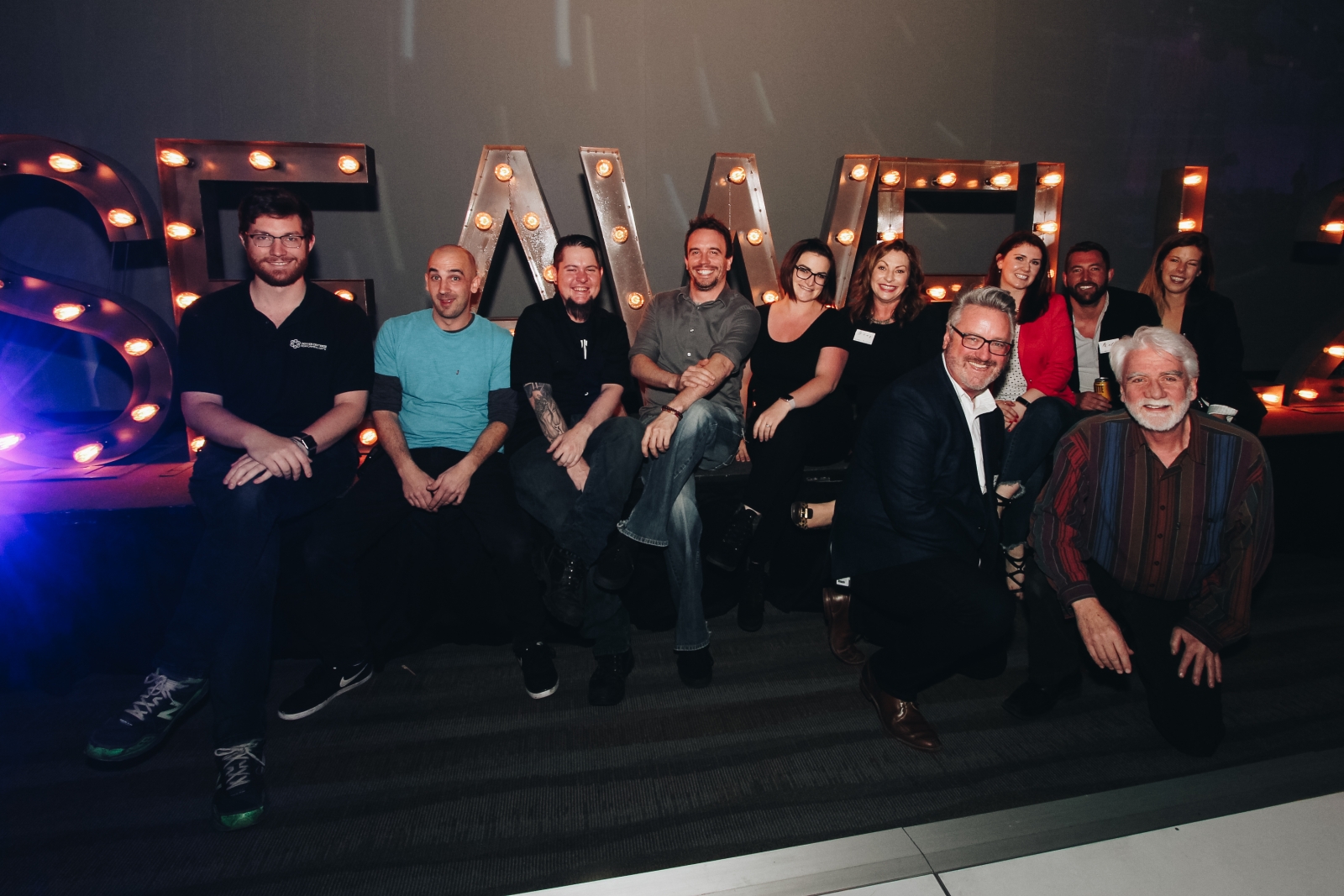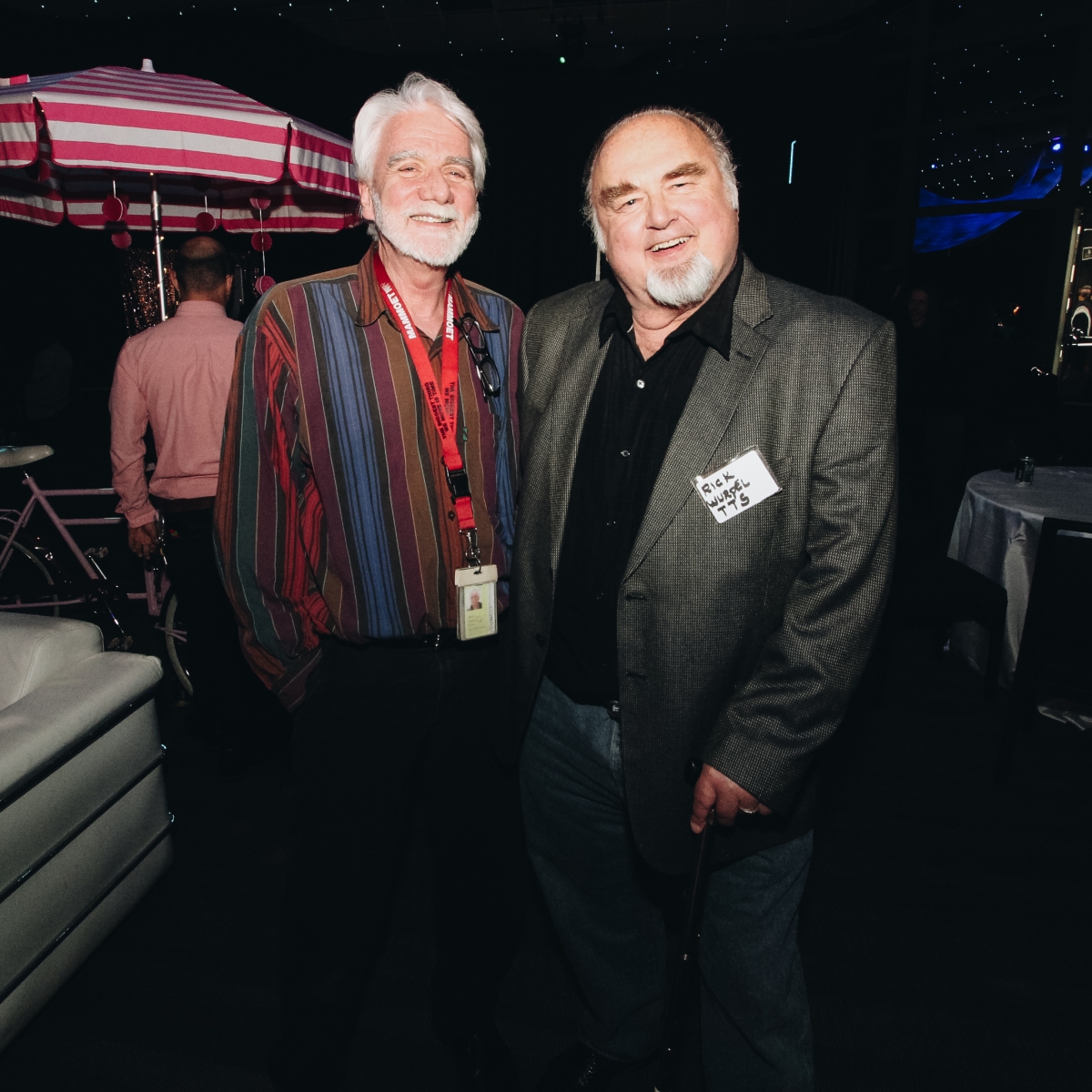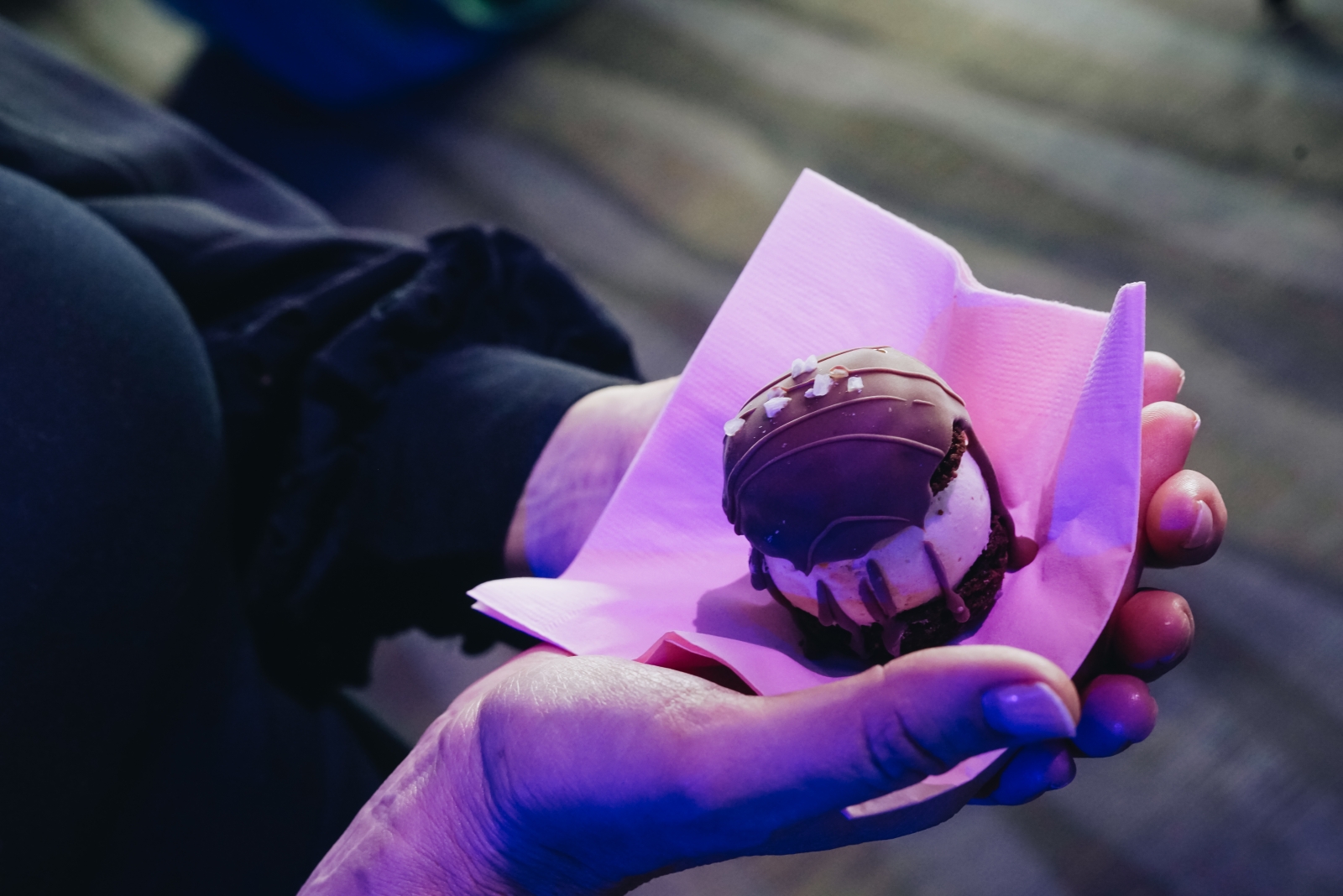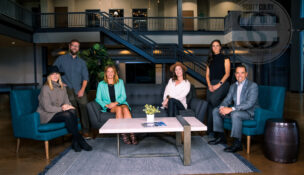How to Plan an Event Like an Expert


How to Plan an Event Like an Expert

Whether you're planning an exceptional event in the Seawell Ballroom or another venue across the state, you'll get the best results when you know how to work well with the people who are executing your plan. The Event Services team at the Denver Center for the Performing Arts gathered the best advice they've learned from hosting hundreds of events throughout the last 20 years, down to the finest details.
WORKING WITH THE TEAM
- Whenever possible, attend an event in the space you're interested in before you get to planning. You'll have a better idea of what can work and what can't, as well as a better understanding of why your event team may recommend some things and discourage others. You might even get some new inspiration fo what you can achieve.
- Event teams can create cool experiences, no matter your budget,. Work with them to think up new possibilities. Your event only needs to be conventional if you want it to be.
- TRUST THE PROFESSIONALS: Your team will be intimately familiar with the space where you'll be hosting your event, and you will understand the limitations and possibilities better than anyone else. If you have a question, concern or desire, address it as soon as you can and don't make assumptions beforehand.
SPEAKER ETIQUETTE FOR EVERY MIC
Using a microphone properly can make or break any presentation or speech. If you're concerned your speaker doesn't have much experience on the mic, it can pay off to give them a test run during a tech rehearsal. No matter who is stepping up to speak, here are some pointers for how to get the best sound out of the most commonly used microphones:
- HANDHELD MIC: Hold it up close to your mouth and speak into it directly at all times. As we say, "Don't hold the beer, drink the beer."
- STAND MICS: Adjust to a comfortable speaking height before the event starts. If you have to adjust on the fly, don't grip the head of the mic to avoid unpleasant noises. The same rules of speaking into handheld mics apply to these.
- PODIUM MICS: These are designed and pre-set to pick up the voice of someone standing comfortably behind the podium. Adjusting them yourself can make the sound quality worse. If you're concerned that one of your speakers is exceptionally short or tall, let your sound team know beforehand so they can plan accordingly.
- LAPEL + OVER-THE-EAR MICS: These are designed so you and the audience can pretend they're not there, so avoid touching them or speaking directly into them. Also, these mics have a wireless transmitter pack. Be sure to wear a sturdy belt or clothing with pockets unless you really want to hold it for your entire speech.
LIGHTING + ITS LIMITS
- Gobos (stenciled lighting templates) don't look good on very dark, uneven or semi-transparent surfaces, especially draping. To make sure your logo and other messaging look bright and visible, have them projected onto solid flat surfaces.
- To prevent your stage lighting from washing out anything projected nearby, be mindful of where your screens are placed. Move the stage further away from the screen, place your screens to the sides of the stage, or only use the center screen for important content when no one is speaking and the lights onstage can be dimmed.
- Black is not a color that lighting itself can produce, so don't request it. If you want the atmosphere to be dark or moody, it's more about deciding what specifically should be lit. Your events team can help you create the perfect atmosphere.

VIDEO TECH TIPS
- Get Content: This includes slideshows, graphics, videos, etc., and deliver to your events team in a timely manner. Not only will it make their lives easier, it allows the necessary time to test and troubleshoot everything before your event. If you provide content right before your event, there may not be enough time to fix unexpected issues before guests arrive.
- 4:3 and 16:9 are very different screen ratios. 4:3 is like an old cathode-ray tube TV, while 16:9 is like a modern flat-screen. Most modern projection screens and display TVs are 16:9, so if your content is 4:3, it won't fill the screen without significant distortion.
- When requesting a special projection layout – extra screens, large projection surfaces, mapping – be sure that your content design team has a plan to make the most of it. Teams like ours can do some really cool things with projection, but if your content isn't designed to take advantage of it, you might not make the impact you were hoping for.
CATERING TO TASTE

• Talk to your caterer closer to your event. Planning too far out or asking for multiple consultations can cause confusion, especially when you don’t have all of the answers yet to the questions they need to know.
• Listen to food recommendations from the pros. They’ll know the best seasonal ingredients and can help you plan for any allergens, special requests and will help you please everyone on your guest list. Food is an experience for your guests – caterers will know how to craft the best one.
• White space creates the tastiest display. Choose large white plates to display salads and desserts to make the dishes look even more appealing for your guests.
When an amazing event team and an informed client come together, the possibilities are endless. Good luck with your future events and we hope these tips come in handy!













